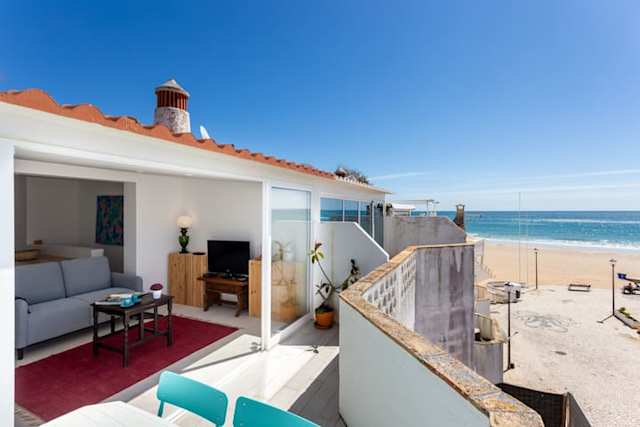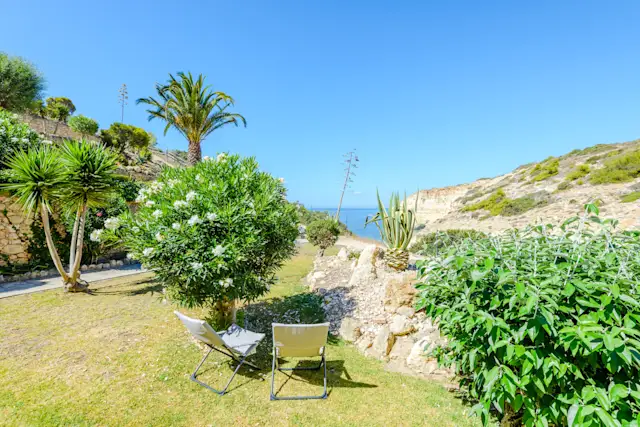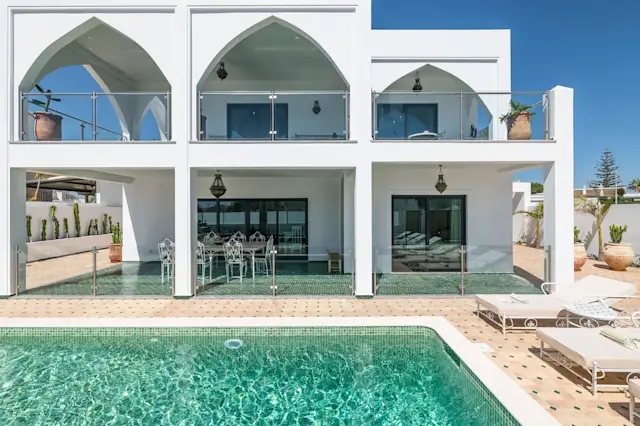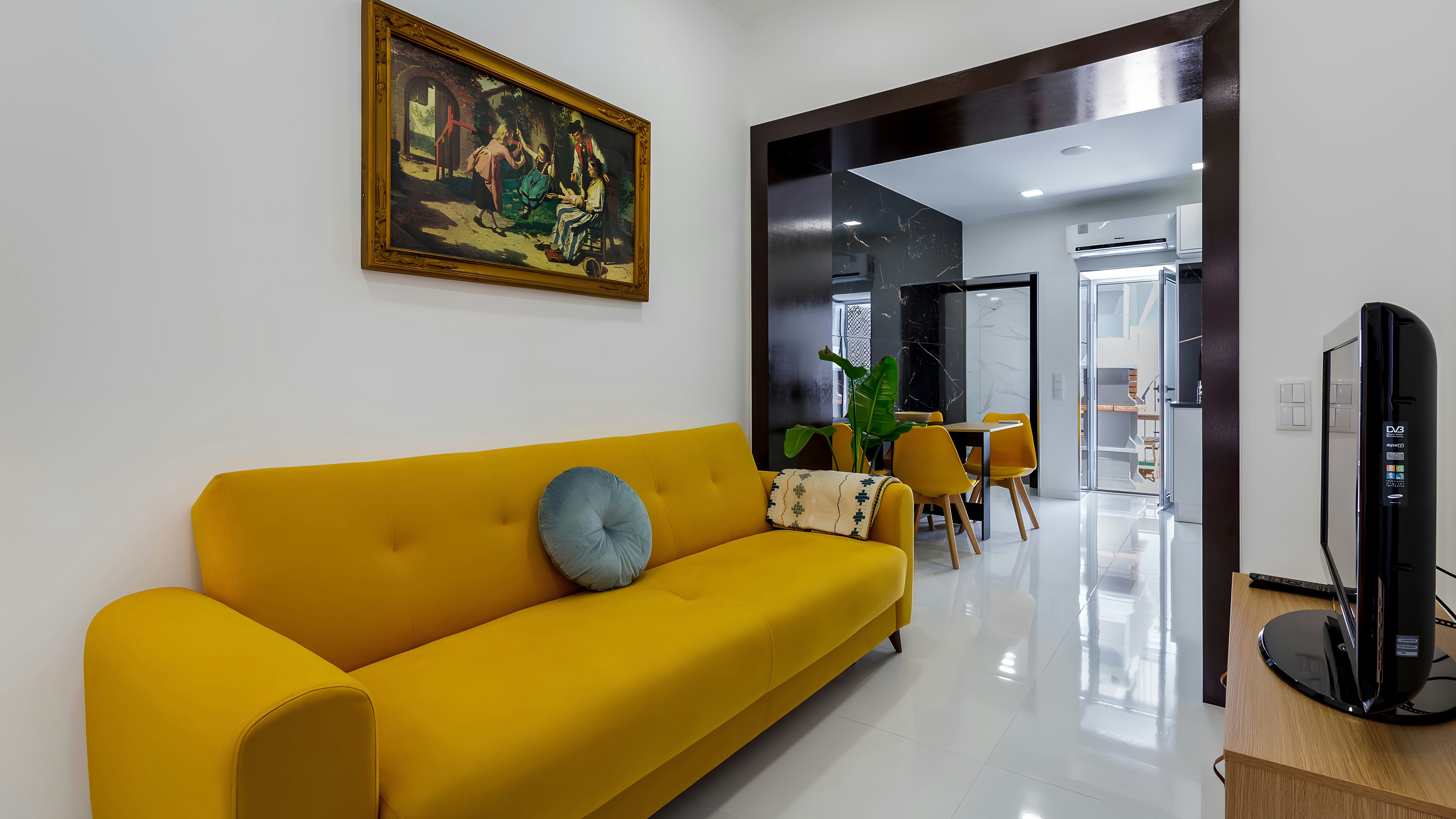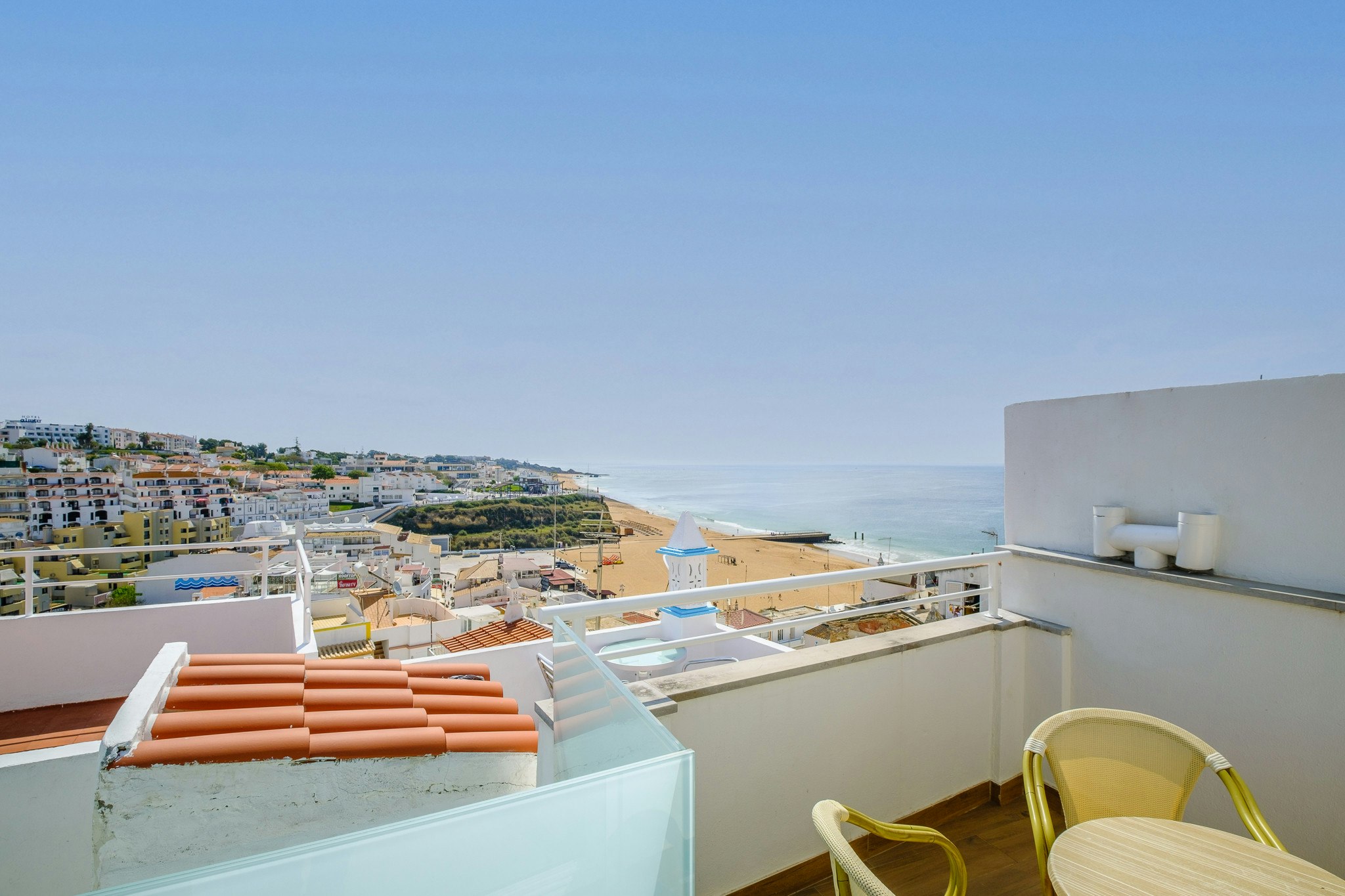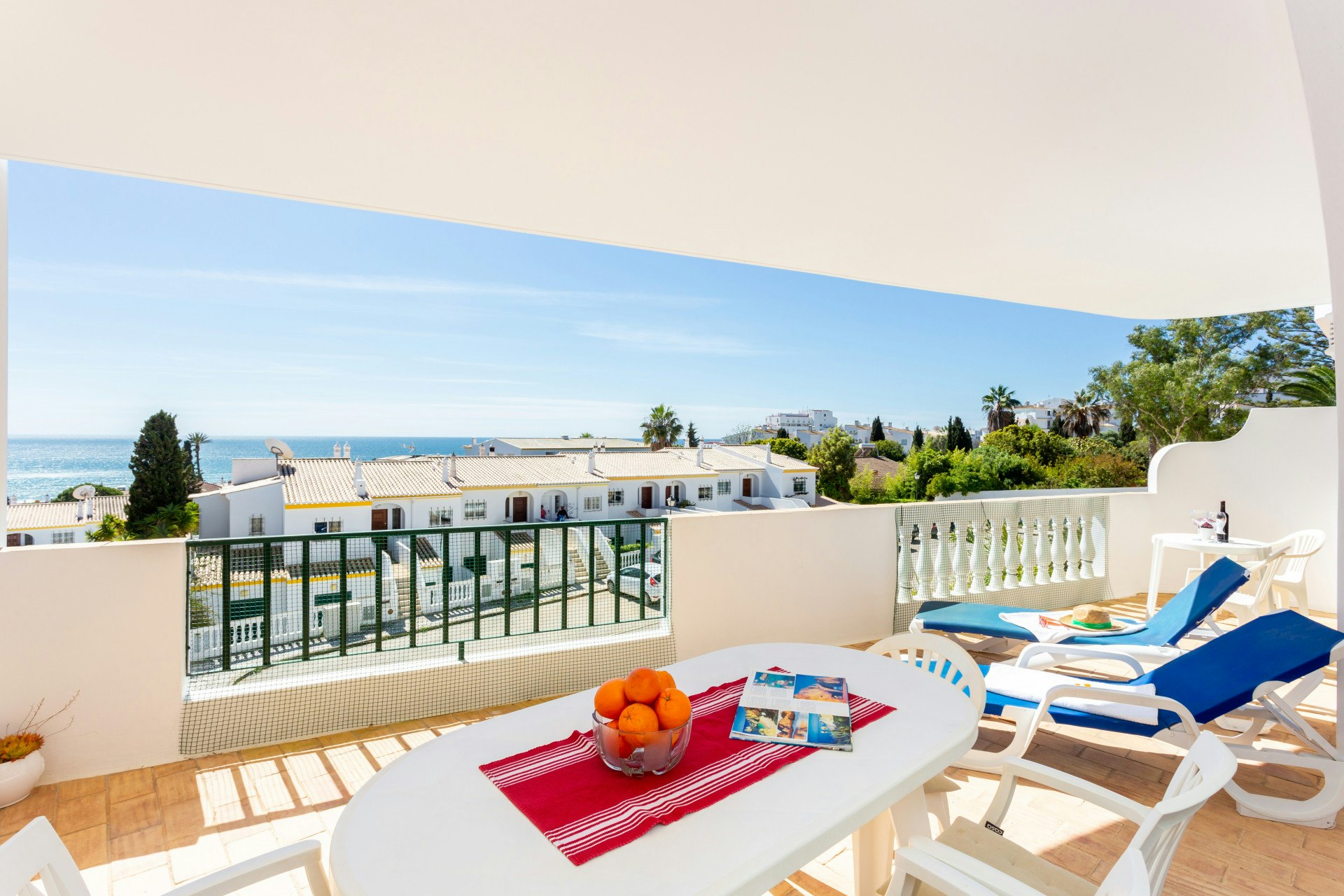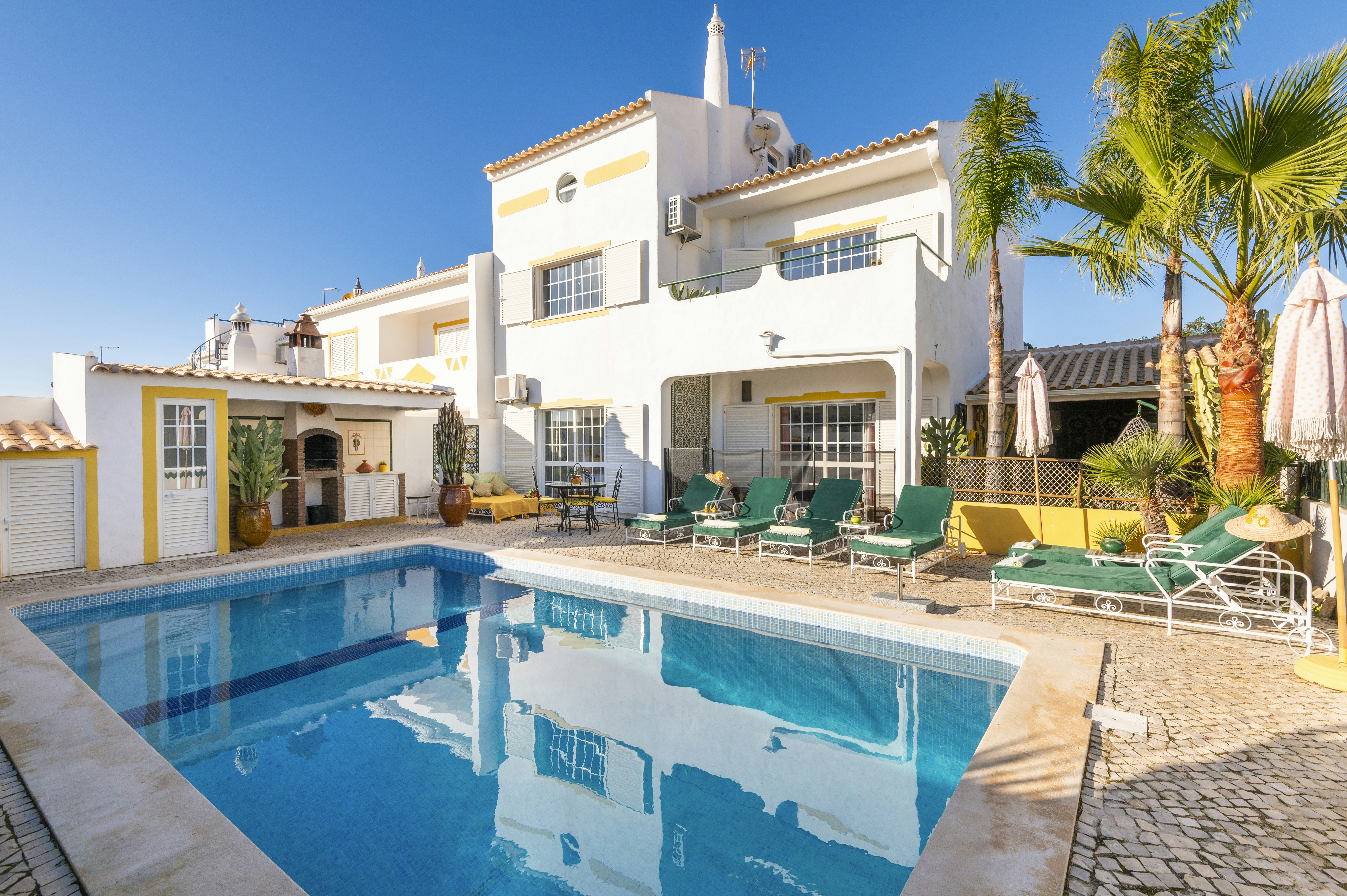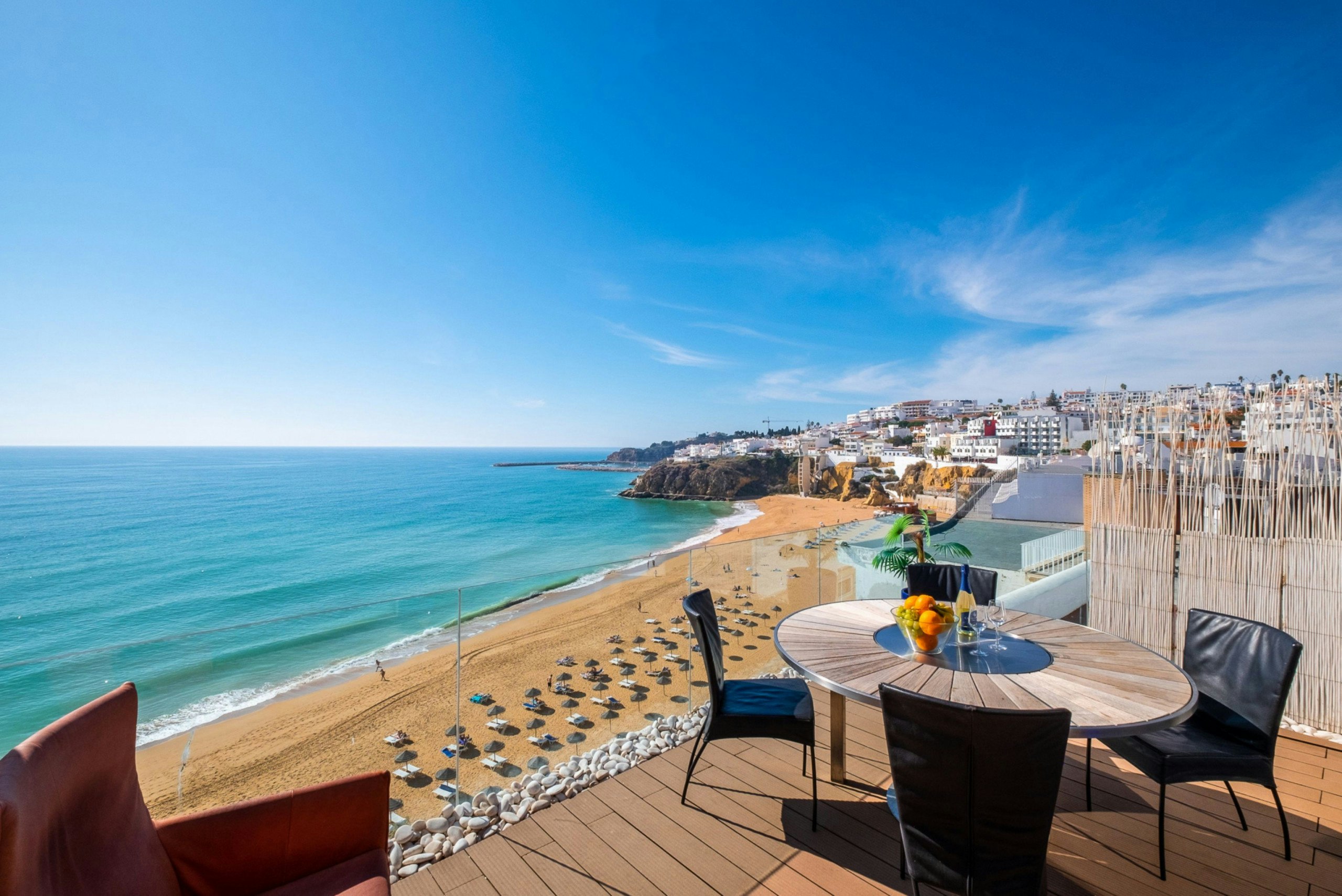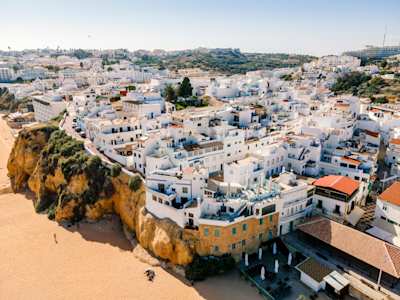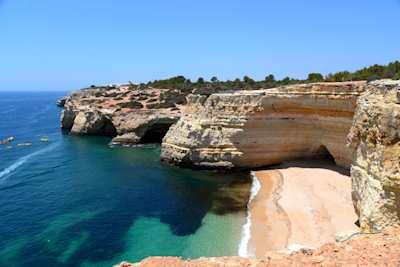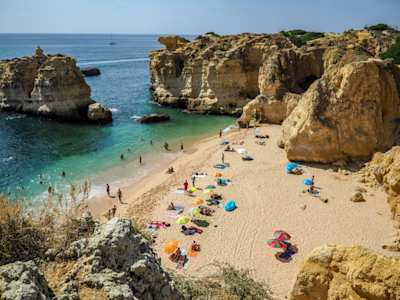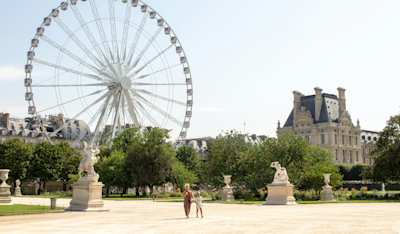An Expert Travel Guide To The Algarve
With a remarkable coast and hinterland, Portugal’s southern region will captivate you
~

The Algarve may be set along the coastline, but it’s not just beaches here—away from the coast, you’ll find verdant vineyards, pristine nature reserves and rugged mountains. It’s one of those places where you can do everything or nothing: whether your dream holiday consists of sunbathing on golden beaches or hiking through the mountains, the region offers something for every type of traveller. Our travel experts here at Plum Guide know this because we’ve travelled far and wide across the region, sipping wine and munching on local fare. We’ve put together this comprehensive travel guide to Algarve so that you can make the most of your trip.
General info about Algarve
With over 3,000 years of history, the Algarve is more than just its sun-drenched beaches. Through the buildings, food and languages of the Algarve, you’ll find a rich heritage and history influenced by many ancient empires, including the Phoenicians, Greeks, Carthaginians, Romans and Moors. A long list of towns like Aljezur, Lagos, Silves, Faro, Tavira, Castro Marim and Alcoutim all offer museums, churches, forts and castles which show off the grandeur of Portuguese history, its people and their traditions.
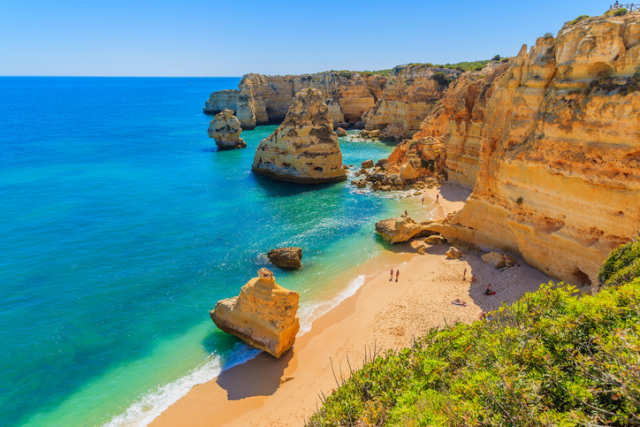
An aerial view of tall brown cliffs and clear blue water at Marinha Beach, Algarve, Portugal
Best time to visit Algarve
Although it’s the best beach weather, the peak summer months can be very hot and crowded, so if you don’t fancy fighting for a space on the beach then we recommend visiting between April and June or September and October. This is when temperatures are pleasant (around 18-20°C) and the best time for walking and cycling. The Algarve gets sunshine 300 days a year, so you don’t have to worry about cloudy days and rain.
How to get to Algarve
If you’re flying in, Faro Airport is the Algarve’s regional airport, located four kilometres outside of Faro, the Algarve’s largest city. Regardless of where you’re staying on the Algarve, this is the airport that you’ll be flying to. There is another small airport in Portimão, although this receives far fewer flights.
The Algarve is also easy to get to by land transport from the rest of Portugal or Spain. From Lisbon, there is the option of driving or taking a bus or train to one of the Algarve’s main towns like Faro or Lagos. Buses can also be booked from Seville, Spain, to cities in the Algarve.
Top activities and attractions
Beaches
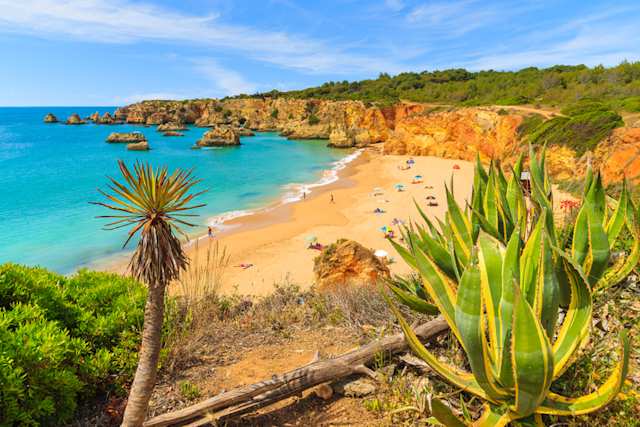
Tropical plants on cliff rocks with view of beach near Portimao town, Algarve, Portugal
With a coastline stretching for 155 kilometres, the Algarve is the ultimate beach destination. The south coast beaches are ideal for water sports, where you can spend time canoeing, windsurfing, kitesurfing or jet skiing. Meanwhile, the Atlantic beaches are more rugged and wild—these are better suited for more adventurous holiday-makers who don’t mind trekking a bit to get to the beach. Praia de Dona Ana has beautiful calm waters and is perfect for swimming and snorkelling. Meanwhile, head to Ponta da Piedade, a beautiful headland with jagged limestone cliffs forming natural arches and caves.
Water sports
Another way to make the most of the Algarve’s coastline is on a thrilling water sports ride. With excellent marinas and harbours along the coast, you’re never too far from a water sports centre. Those in search of adrenaline-fuelled fun can go jet skiing, surfing, flyboarding and parasailing, whereas those who prefer to take it easy can ride the waves by kayak or stand-up paddleboard or head on a scuba diving adventure underwater.
Hiking
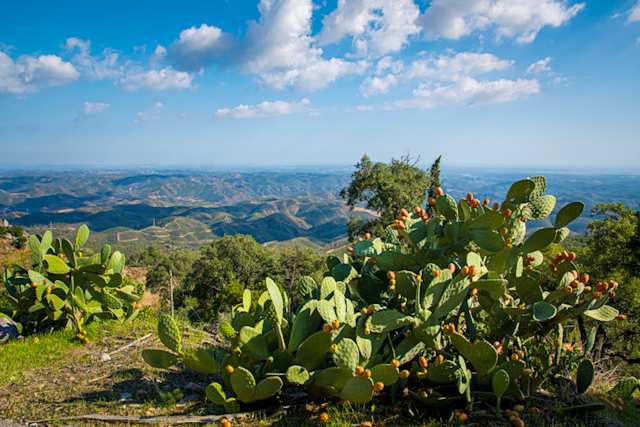
View from Picota near Monchique in Algarve, Portugal, into the valley of Serra de Monchique
There are plenty of wonderful coastal cliff-top walks, but if you want to mix things up, an alternative to the Algarve’s beach scene is Serra de Monchique. This mountain range boasts jaw-dropping views of the surrounding sea and cities—take one of the nature trails through shady woodland all the way up to Pico da Foia, the highest point in the Algarve at 900 metres. Alternatively, the Rocha da Pena trail takes you through woodlands filled with colourful wildflowers growing amid fragrant thyme and rosemary.
Vineyards
With its temperate climate and sunshine, the Algarve is the ideal wine-growing location. There are over 2,000 vineyards and almost 30 producers strung along the coast, so wine connoisseurs are spoilt for choice when it comes to tours and tastings. Some of our favourites include Quinta dos Vales which has a wide range of red, white and rosé wines, Quinta do Morgado da Torre which produces superb Alvor wines, and Adega do Cantor which is the brainchild of musician Cliff Richards.
Natural wonders
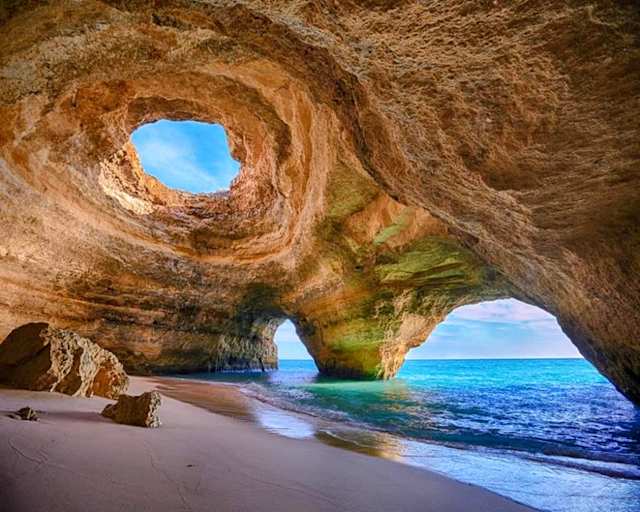
The Benagil Cave in Algarve, Portugal
At this point in our travel guide to Algarve, you won’t be surprised to hear that the region is home to a wealth of natural wonders. The Benagil Caves is one of the most unique places in the Algarve, a huge sea cave with sunlight streaming through an opening in its roof (accessible only by SUP or boat). For dramatic sea views, head to Parque Natural do Sudoeste Alentejano e Costa Vicentina to witness waves crashing against craggy headlands and windswept beaches. This coastal reserve is also home to unique plant and animal species, including otters.
Hidden gems
The Algarve is full of hidden gems waiting to be discovered. One of the top destinations for nature lovers is the Parque Natural da Ria Formosa, a vast area of lagoons, barrier islands and inlets. Take a guided kayak tour to spot flamingoes, herons and storks. Another hidden gem is Ferragudo, a charming fishing village with whitewashed houses, flower-filled streets and boats bobbing in the harbour. This is a great place to escape the crowds and enjoy a quiet moment down by the water. One of our favourite hidden gems is Ilha Deserta, or ‘deserted island’ just off the coast of Faro. Take a ferry to this uninhabited island to swim and sunbathe on its untouched beaches.
Best areas to visit and stay in
Albufeira
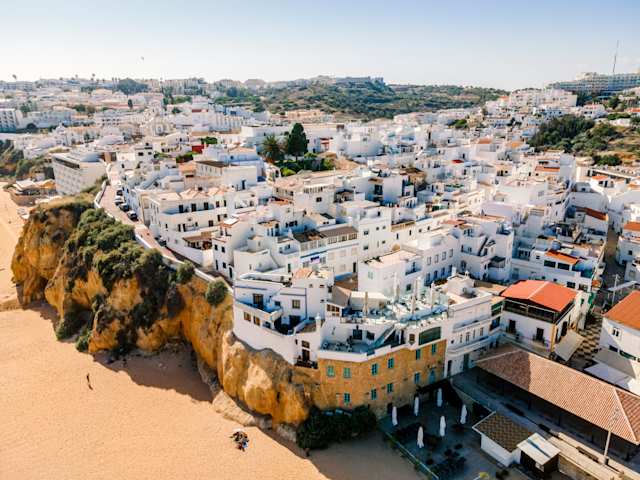
Aerial view of seaside Albufeira in Algarve, Portugal
This popular holiday spot benefits from a central location on the coast, making it a great base for exploring the Algarve. Once a quiet fishing village set on sandstone cliffs, Albufeira now offers a plethora of accommodation, restaurants, bars and activities like dolphin watching and diving excursions. However, Albufeira’s main draw is its beaches, with some of the Algarve’s best stretches of sand set within walking distance of the town.
Guia
Not too far from Albufeira is the village of Guia which has become a popular place to stay in recent years. Known for its signature grilled chicken dish frango da Guia, we couldn’t possibly miss this spot on our travel guide to Algarve. When you’re not devouring barbecue, walk around and visit the historic churches like Igreja Matriz da Guia and Nossa Senhora da Guia, traverse the surrounding countryside on foot, or drive down to Praia da Galé for a swim.
Olhos de Água
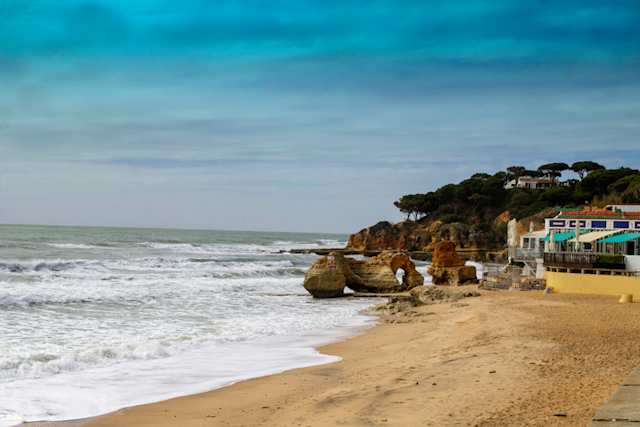
Beach in the village of Olhos de Água, Algarve, Portugal
Situated in the heart of the Algarve, Olhos de Água is a wonderful resort town centred around a sandy cove. Despite being a popular destination, it has a relaxed atmosphere and still retains its fishing village roots. Olhos de Água is close to the magnificent Praia da Falésia beach to the east, and the Praia Santa Eulália to the west. The town also offers plenty of opportunities for day trips like boat tours, water parks and historic towns to explore.
Praia da Luz

Beach at Praia da Luz, Algarve, Portugal
Curved around a lovely sandy bay, this charming seaside town is located in the western Algarve. When you’re not relaxing on the beach or trying out watersports, stroll along the promenade and enjoy a cold drink at one of the open-air cafes. The town is a great place to stay with families, with its gently-shelving beach and choice of family-friendly restaurants. Although Praia da Luz may be a peaceful little spot, the town is just five kilometres to Lagos where you can find all the shopping and nightlife you like.
Quarteira

View of the fishing port of Quarteira
Particularly popular with local Portuguese, the town of Quarteira is a good choice for those looking for a more authentic experience away from the tourist crowds. If you’re after a mix of beaches, shopping, food and nightlife, you should add Quarteira to your itinerary. The town is often used as a base for golfing holidays as it offers easy access to some of the Algarve’s (and Portugal’s) best courses.
Eating out in Algarve
Portugal is known for its exquisite gastronomy, and the Algarve is no different. Bountiful fresh seafood, cured and grilled meats and indulgent sweets are just some of the staples on the menus here. Hinged on the Mediterranean diet but with a distinct history of its own, the cuisine of the Algarve is fresh, natural and locally sourced.
Local delicacies
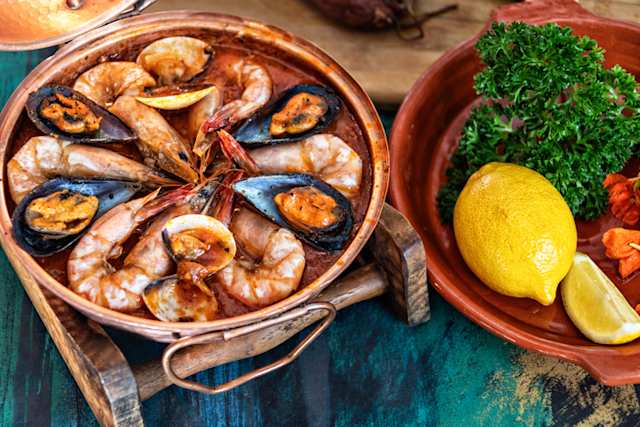
Traditional Portuguese ameijoas with clams served in a cataplana pot
Local delicacies include conquilhas à Algarvia (clams cooked in onions, garlic and Portuguese sausage, garnished with parsley or coriander), frango da Guia (grilled chicken in a spicy sauce) and cataplana de marisco (a variety of seafood gently fried with herbs, white wine and tomatoes). Make sure to save room for dessert, as the sweet treats found in the Algarve are equally as mouthwatering. Try Dom Rodrigo (nests of fios de ovos or strings of egg yolks finished in syrup, egg yolk, cinnamon and almonds), pudim de laranja (egg-based custard enriched with orange juice and orange zest) and tarte de alfarroba (pie made from the carob fruit mixed with dried figs and almonds).
Where to find food
Being such a popular tourist destination, you won’t have difficulty finding restaurants and cafes around the region.
You’ll also find churrascarias, which roughly translates from the Portuguese word for ‘barbecue’. Throughout Portugal and the Algarve, you’ll come across these grill houses in towns, cities and even on the roadside on national highways. These restaurants offer the typical barbecued chicken and beef, as well as rotisserie chicken and other dishes. For snacks or sweet treats, pastelarias are your go-to. These are a cross between pastry shops and cafes which serve baked goods, sandwiches and coffee.
Of course, no visit to Algarve would be complete without visiting its local markets. Wherever you’re staying, you’re bound to find one near you. Loulé Municipal Market is located in the centre of the city and is open on a daily basis throughout the year. It’s a great place to pick up local products, organic produce and fresh fish. Other popular markets include Quarteira Market, Silves Market and Moncarapacho Market.
